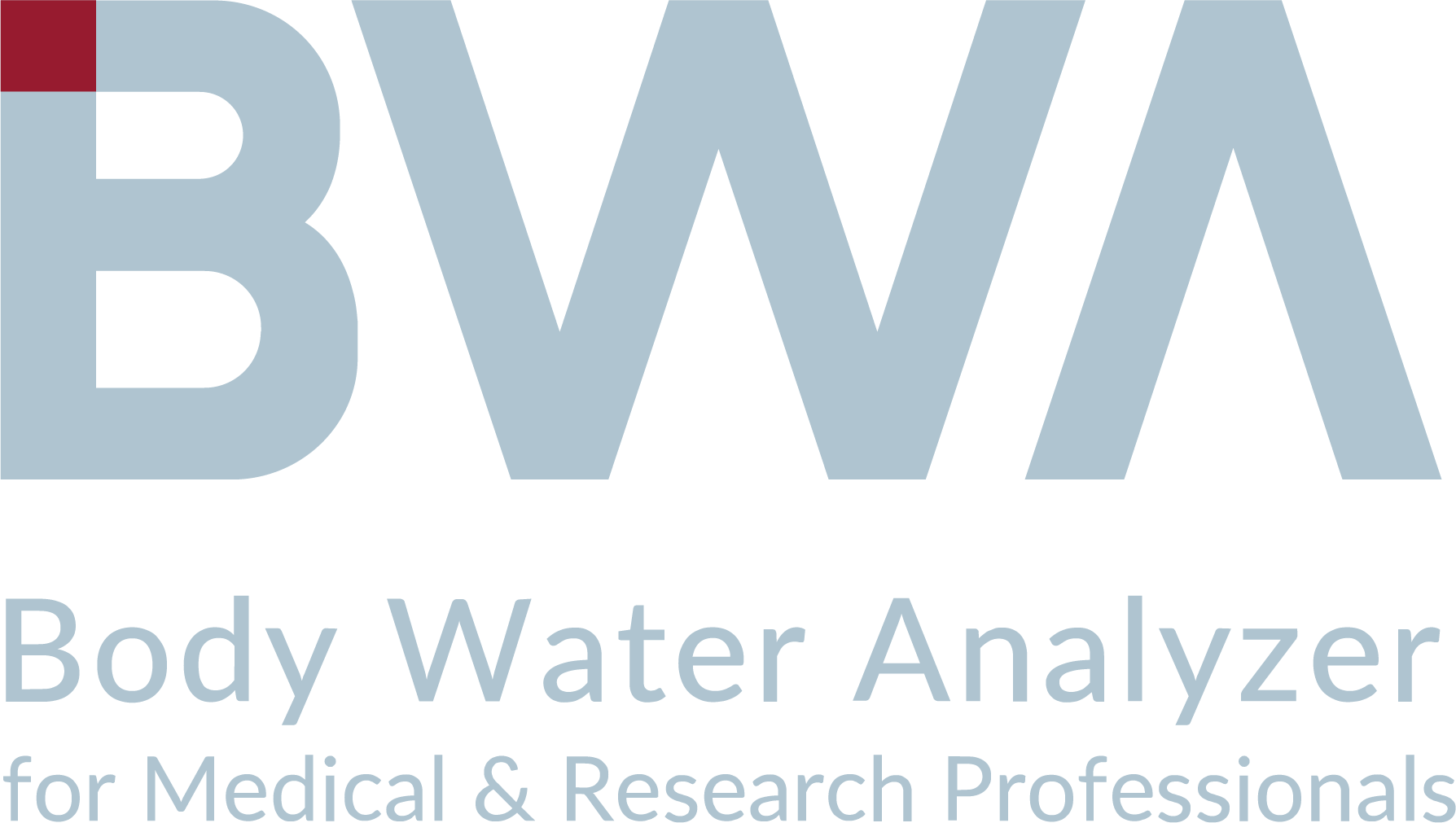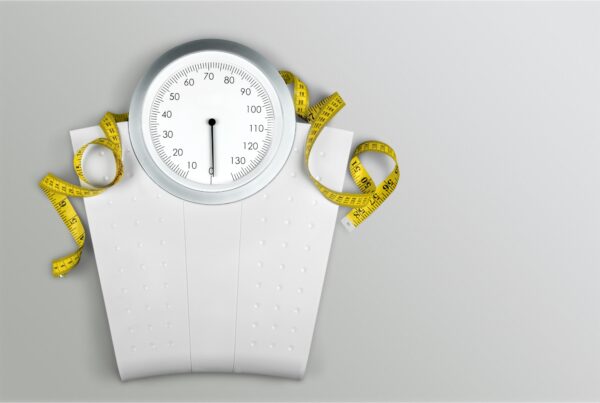“This article originally appeared on InBody USA and is reposted here with permission.”
Editor’s Note: This post was updated on November 4, 2018, for accuracy and comprehensiveness. It was originally published on September 12, 2017.
It’s no secret that we’re living longer now than ever before. The average life expectancy in the United States was 78.8 years of age in 2015, up from 76.8 in 2000.
While living a longer life sounds great in theory, its only great as far as your health and body allow it.
We often focus on proper nutrition and physical activity as a way to prevent chronic diseases such as Cardiovascular Disease or Diabetes, but we sometimes neglect the importance of nutrition and exercise on our body composition and how that impacts our long-term health and functional ability.
As we age, our body composition begins to shift, physical activity tends to decrease, and this leads to a change in our body composition. Coupled with a change in diet (or a change in our nutrition status as a result of a medical condition), muscle mass begins to decline, and we become susceptible to accidental injuries, chronic joint pain and decreased tolerance to surgery.
After the age of 50, there is a 1-2% annual decrease in muscle mass. An average 5-13% of elderly people aged 60-70 years will be affected by clinically significant muscle loss. Once you hit 80 years old, that number increases to 11-50%.
Why do we care? Because loss of muscle leads to decreased functional capacity in adults and is associated with numerous amounts of health risks and a decrease in quality of life decreases.
Let’s take a closer look at why being aware of the risk of sarcopenia is so important, and how you can combat it.
What does Sarcopenia even mean?

Sarcopenia refers to a clinically significant loss of muscle mass and strength resulting from “normal aging”. It is not solely the result of disease, but rather, is part of the natural aging process. This is not to be confused with cachexia, which describes the uncontrolled loss of muscle mass and/or body fat mass. While cachexia is most often thought of as a case of malnutrition due to health conditions such as cancer, sarcopenia focuses on changes in nutrition and physical activity that causes a progressive loss of muscle mass. This is important because sarcopenic individuals can maintain their fat mass, which can also lead to a “skinny fat” body composition. The condition of sarcopenic obesity has greater health consequences, as we will describe later.
Historically, scientists and doctors believed that this muscle loss and its resulting consequences (balance issues, change in walking performance and a decreased ability to perform activities of daily living) were inevitable, but experts agree if we stay on top of our activity and body composition, we might just be able to fight this slow loss of muscle mass and strength.
It’s no secret that as we age, not only do we tend to gain more fat, but we also begin to lose muscle mass.
Studies have shown that older adults between the ages of 60-69 years old have 14 and 13 pounds less lean body mass respectively than men and women 20-29 years old, despite being more than 8 to 12 pounds heavier.
So what’s going on?
What causes sarcopenia?

To reiterate, sarcopenia is thought to be part of the normal aging process but the process is more complex than that.
Causes seem to be multifactorial and include age, inadequate nutrition (such as decreased protein intake), hormonal changes, increases in pro-inflammatory proteins (proteins that our body makes, not the ones that we eat), decreased physical activity, vascular (circulatory) diseases, etc.
Let’s break this down further.
While we do know that sarcopenia is often related to aging, we also know that there are many other factors that contribute to the progressive muscle loss that characterizes sarcopenia. Some of these factors are not directly related to our diet but may exacerbate the muscle loss or cause it to progress more quickly.
Age
One study found that the prevalence of sarcopenia increased from 4% of men and 3% of women aged 70-75 years old to 16% of men and 13% of women age 85 and older. This may be related to the changes in activity, so we are still learning if we are able to prevent this “aging-related” muscle loss.
Hormonal Changes
Hormones are chemicals produced by the endocrine system that help control major bodily function. As we age, hormone production changes which play a huge part in the aging process, as they are involved in the development of muscle mass and strength.
Testosterone is the primary male sex hormone but affects the health of both men women. The production of this hormone plays a central role in the risk of sarcopenia. Testosterone helps to increase muscle gain and also activates satellite cells, which support increased function. When testosterone begins to decline with age, we not only get a decrease in protein synthesis but also decreasing ability to produce satellite precursor cells which are essential for muscle repair.
Diminished intake of protein and creatine
Many seniors are at risk of malnutrition because a variety of external factors that affect their ability maintain good nutrition. Malnutrition is defined as a state of lack of uptake or intake of nutrition which can affect body composition negatively. These complications affect not only our diet/exercise but how our body responds to our diet and exercise.
An important nutrient that elderly people may not be getting enough of is protein. Trouble chewing, high food costs, are trouble cooking are all factors that limit elderly people access to protein. Inadequate protein intake can progress sarcopenia.
That because protein requirements for the elderly population may even be higher than a younger population. This is due to age-related changes in the metabolism of protein, including a decreased response to protein intake. This means that an older population needs to consume more protein to get the same anabolic effect.
Decreased physical activity
Physical inactivity is one of the primary factors in the progression of sarcopenia. Regular resistance exercise can help to maintain muscle mass and also build muscular strength. Elderly people tend to be more sedentary than younger populations which can exacerbate the effects of sarcopenia.
Decrease in motor neurons
Aging is accompanied by a loss of motor neurons due to cell death, which leads to a parallel decrease in muscle fiber number and size. This decrease in muscle fibers leads to impaired performance, a reduction in the functional capacity and a decreased ability to perform everyday tasks.
Increase in Pro-inflammatory Cytokines
Poor diet and exercise are also known to promote the storage of visceral fat. This type of fat tissue produces proinflammatory cytokines which can accelerate muscle breakdown and thus, worsen risk. Obesity and muscle weakness are both associated with high levels of these pro-inflammatory cytokines. Central obesity, made worse by decreased muscle mass seems to play a role in the progression of sarcopenia.
Disease-related malnutrition
Disease-related malnutrition is different than the previously related malnutrition because this type of malnutrition is directly triggered by sickness or illness.
When an individual suffers from a health-related disease or is provided long-term hospital care increases their risk of malnutrition. A few of the conditions are provided here as an example.
Cardiovascular and respiratory diseases such as Congestive Heart Failure (CHF), Peripheral Arterial Disease (PAD) and Chronic Obstructive Pulmonary Disease (COPD) tend to have onset during middle age, but the elderly population is most negatively affected. Elderly patients with these conditions undergo significantly greater wasting than those who are younger.
A decline in insulin-like growth factor or the development of insulin resistance also seems to accelerate the development of sarcopenia. Thus, both common health conditions such as diabetes and more severe conditions such as heart failure all contribute to larger losses in muscle.
What does this all mean?
While some of these changes that occur within the body are expected with older age, the importance of proper diet and physical activity cannot be underscored enough; the better you treat your body, the more likely you are to prevent progressive muscle loss. Additionally, a healthy diet can prevent the storage of harmful fat mass, which may increase health risks.
Sarcopenic Obesity

You may not have heard the term sarcopenic obese, but you’ve likely heard the term “skinny fat ”. A person who is “skinny fat” may be a normal weight but has a metabolic composition similar to someone who is overweight or obese.
A person who is “skinny fat” has lost muscle mass and gained or maintained fat mass. This can be the result of an improper diet coupled with physical inactivity.
Because sarcopenia is most commonly the result of improper diet/exercise, a person of any age can be sarcopenic obese, especially if they neglect their nutrition and exercise. This is why it’s so important to focus on body composition and not just weight.
How do you know if you’re sarcopenic? You’ll want to determine your body composition using a medical body composition analyzer and keep an eye on how it changes over time. If you find that your lean body mass is decreasing while your fat mass is increasing, you may be experiencing increasing your risk for sarcopenia or sarcopenic obesity.
How can you fight Sarcopenia?

While there is currently no cure for sarcopenia, there are multiple things you can do to ensure to preserve muscle. Similar to wearing sunscreen, it’s important to take these preventative measures. If you are already experiencing muscle breakdown, these factors might help delay its progression.
1) Strength Training
While we know it is important to exercise for your physical health, it is important to begin strength training( such as resistance training, bodyweight exercises, etc) at a young age to keep muscle mass high and decrease the likelihood that muscle will begin to break down prematurely
Resistance training has been shown to be effective at preventing or delaying sarcopenia, even in a very elderly population. Research has shown that resistance training elicits muscle hypertrophy as well as changes in neuromuscular function. These changes in muscle mass and nervous system function lead to an improved ability to perform those functional activities that may become more difficult with older age. If you are worried that your body is too old to cope with resistance training, remember that there is no age limit. If you are worried about injury, train under the supervision of a accredited fitness professional and stay within your ability level.
2) Increase Protein Intake
Protein is essential for building and repairing muscle tissue. The current Acceptable Macronutrient Distribution Range (AMDR) for protein is set at 10-35% of your daily energy needs. For those who already have signs of impaired muscle size or function, adequate protein intake is even more important to allow for optimal protein synthesis in the body.
The good news is that protein supplementation alone may slow muscle mass decline, but when coupled with the proper amino acid balance and creatine, it can also enhance muscle strength.
3) Increased Amino Acid Intake
Studies suggest that amino acid supplementation may improve outcomes for people with sarcopenia.. A popular supplement is essential amino acids, which are amino acids that the body cannot make on its own and can only be obtained from dietary sources. Leucine, an essential branched-chain amino acid (BCAA) has been shown to preserve lean body mass. Leucine seems to stimulate muscle protein synthesis in a similar way in both young and elderly populations.
4) Monitor Your Hormone Levels
As mentioned earlier, hormones can play a significant role in the progression of sarcopenia. Stay on top of your hormones by having your doctor check your levels during your annual visit.
As it currently stands, Hormone Replacement Therapy is not yet recommended for the treatment of sarcopenia but may become a feasible treatment option in the future.
5) Watch Your Vitamin D Levels
Vitamin D deficiency has been shown to be correlated with muscle loss in women regardless of body composition, diet and hormonal status. The research suggests that avoiding Vitamin D deficiency is not just important for bone health, but also in the avoidance of aging-related muscle loss.
Wrapping It Up
There are so many changes that come with aging, but decreasing quality of life doesn’t have to one of them. By focusing on resistance training, consuming adequate protein, and amino acid supplementation, you can improve the quality of life and functional ability by lowering your risk for developing sarcopenia. Regular body composition checks will create a more accurate picture of what is really going on with your muscle mass. By focusing on body composition rather than weight, you can better understand the changes that are taking place in your body.
**
Alix Turoff MS, RD, CDN, CPT is a Registered Dietitian and NASM Certified Personal Trainer. She sees patients privately and also works as a freelance consultant and writer.




